Magnesium Die Casting
LK Die Casting Machine / 2024-08-06 08:48:13
2024-08-06 By Cherry
Introduction
Magnesium die casting is an important technology in modern manufacturing and is widely used in
the fields of automobiles, aerospace, electronics, etc.
This article will explore various aspects of magnesium die casting in detail, and combine relevant
keywords such as "nickel color", "cast of gate ", "magnesium conversion", etc. to help readers
fully understand this technology.
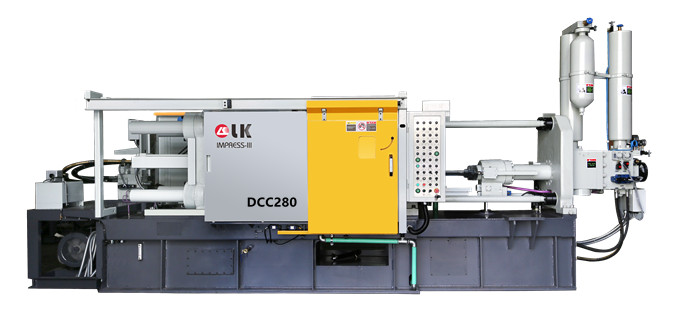
What is magnesium die casting?
Magnesium die casting is a manufacturing process in which molten magnesium alloy is injected into a mold
and formed into a specific shape through rapid cooling and solidification. Due to the excellent mechanical
properties, lightweight, high strength, and good corrosion resistance of magnesium alloy, magnesium die
casting plays an important role in many industrial applications.
Advantages of magnesium die casting
Lightweight and high strength: The density of magnesium alloy is only 1.74 g/cm³, which is lighter than
aluminum (2.7 g/cm³) and steel (7.85 g/cm³), but its strength is very close to these materials.
High thermal conductivity: Magnesium alloy has excellent thermal conductivity, which makes it popular in
electronic products with high heat dissipation requirements.
Excellent electromagnetic shielding performance: Magnesium alloy performs well in electromagnetic shielding
and is an ideal material for electronic equipment housing.
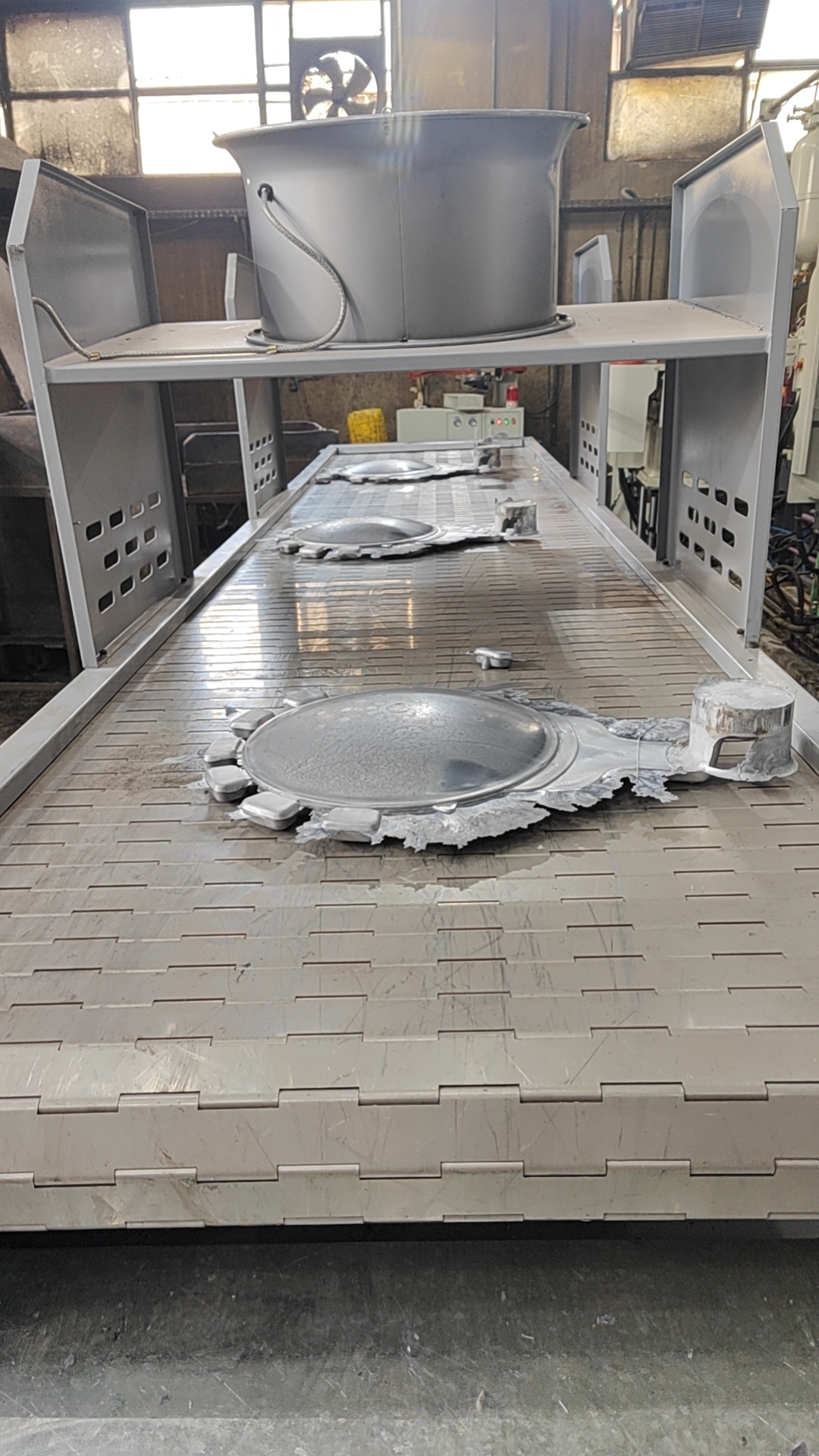
Die casting design considerations
During the design process of magnesium die casting, the following points should be noted:
Mold design: Reasonable mold design is the key to ensuring the quality of die castings. The precision die technologies and
durability of the mold directly affects the dimensional accuracy and surface quality of the die castings.
Gating system: Designing a suitable gating system can reduce the turbulence of the molten magnesium alloy
and avoid the generation of pores and inclusions.
Cooling system: An effective cooling system can quickly reduce the mold temperature, improve production
efficiency, and reduce the thermal stress of the casting.
Process flow of magnesium die casting
The process flow of magnesium die casting mainly includes the following steps:
Smelting: Heat and melt the magnesium alloy material.
Injection: Inject the molten magnesium alloy into the mold through the injection system.
Cooling and solidification: The molten magnesium alloy is quickly cooled and solidified in the mold.
Demolding: The cooled casting is removed from the mold for subsequent processing.
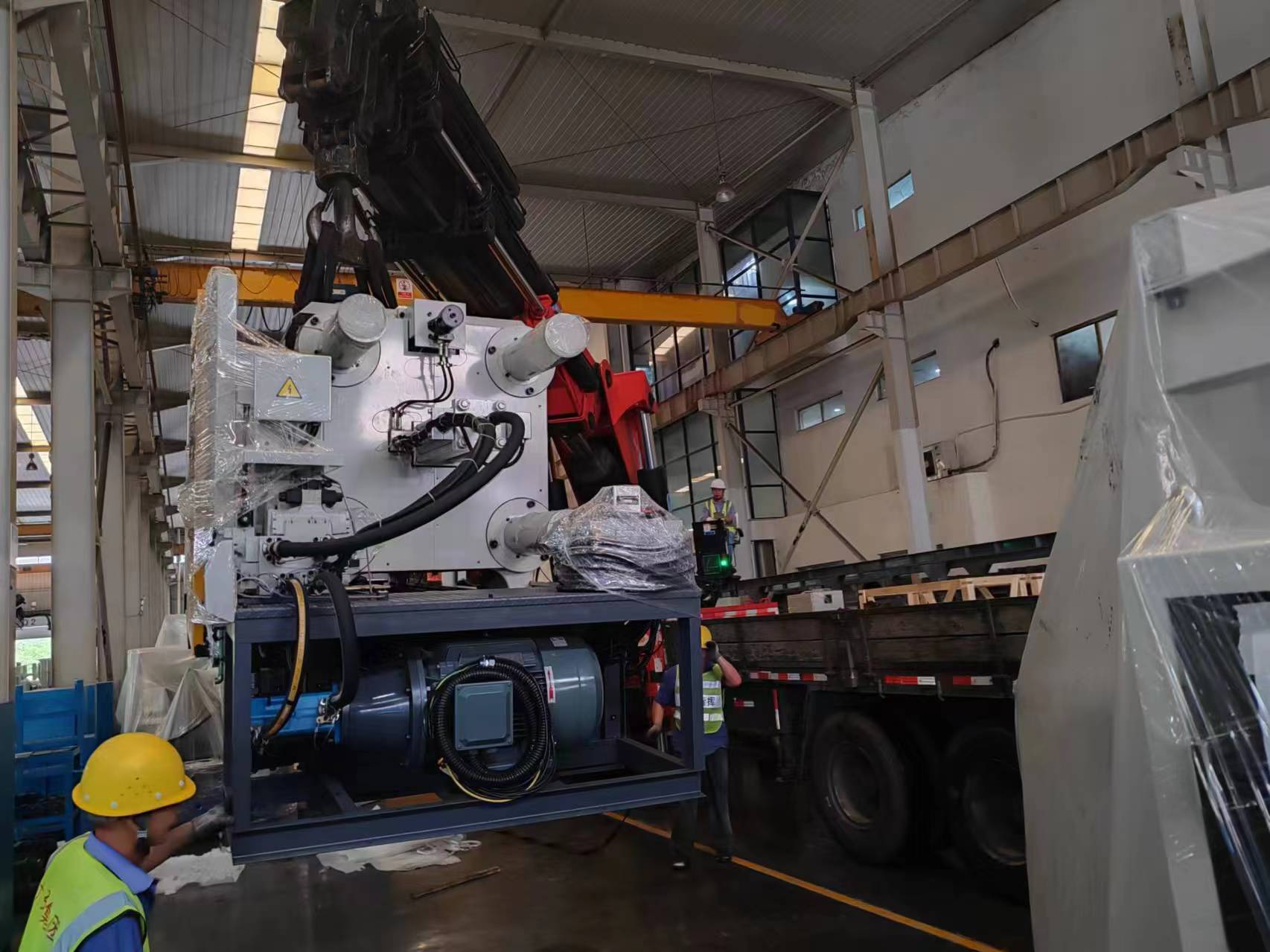
Application of magnesium die casting
Magnesium die casting is widely used in many industries, mainly including:
Automotive industry: used to manufacture automotive engine parts, wheels, steering wheels, etc.
Aerospace: used to manufacture lightweight and high-strength components such as aircraft seats and dashboards.
Electronic products: used to manufacture electronic devices such as mobile phones and laptop computer shells.
Comparison of magnesium alloys with other materials
Magnesium alloys have unique advantages and characteristics compared to other common materials:
Compared with aluminum alloys: magnesium alloys have lower density, but comparable strength, excellent
thermal conductivity and corrosion resistance.
Compared with zinc alloys: magnesium alloys have lower density and are suitable for manufacturing lightweight
components, but zinc alloys have better mechanical properties and wear resistance.
Compared with steel: magnesium alloys have a much lower density than steel and are suitable for applications
that require weight reduction, but steel has higher strength and durability.
Environmental protection
Magnesium and aluminum are both eco friendly materials, their waste can be 100% recycled, and magnesium resources
are abundant, with little impact on the environment.
In addition, the manufacturing process of magnesium alloys consumes less energy, which helps reduce
carbon emissions.
The future of magnesium die-casting technology
With the advancement of science and technology and the growth of market demand, magnesium die-casting
technology will continue to develop.
In the future, magnesium die-casting will be more used in new energy vehicles, intelligent manufacturing
and other fields, promoting the green transformation and high-quality development of the manufacturing industry.
Conclusion
As an important manufacturing process, magnesium die-casting has the advantages of being lightweight, high-strength,
excellent thermal conductivity and electromagnetic shielding performance.
Continuous optimization in mold design, pouring system, and cooling system will further improve the quality and
production efficiency of magnesium die castings.
With the advancement of technology and the increase in market demand, magnesium die casting technology will
play a more important role in the future.
To learn more info about Die Casting Machines, pls contact
LK OFFICIAL AGENT OFFICE DCM
LK Official Agent for Egypt(EGY), Saudi Arabia(ksa),United Arab Emirates(UAE),
the Islamic Republic of Iran(Iran), Qatar(QAT), the State of Kuwait(Kuwait)
Address: Industry Zone, South of Port Said Kebly, Egypt
https://www.zazdiecasting.com/
Phone/WhatsApp/Wechat: +86 13598704163
Mobile: +20 101 304 3317 +20 150 181 8310
Email: jack@zazmae.com ahmedmahmoud@zazmae.com
OTHER CONTENT
-
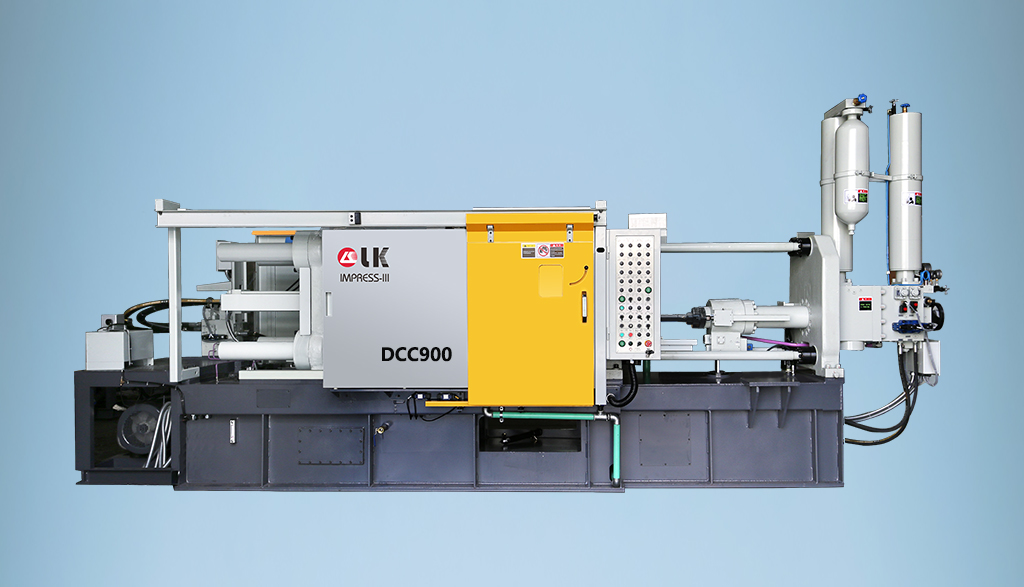
2024-09-19 14:16:15 LK Cold Chamber Die Casting Machine DCC900 Locking Force: 9000KN Die Height: 400-1000mm Space Between Tie Bars: 930x930mm Shot Weight: 13.5Kg Casting Area Max:2250c㎡
More -
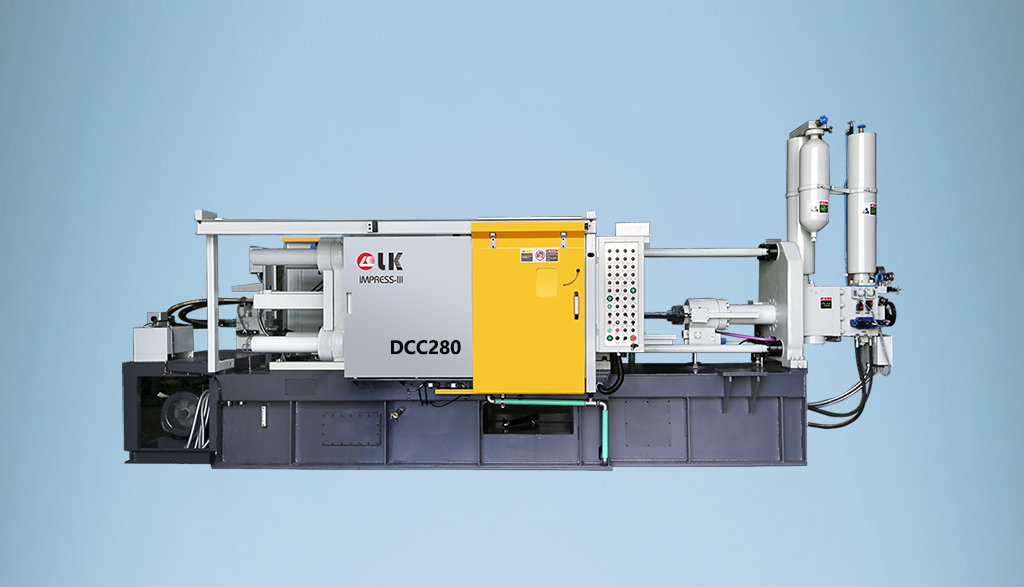
2024-09-19 14:11:06 LK Cold Chamber Die Casting Machine DCC280 Locking Force: 2800KN Die Height: 250-650mm Space Between Tie Bars: 560x560mm Shot Weight: 2.9Kg Casting Area Max:700c㎡
More -
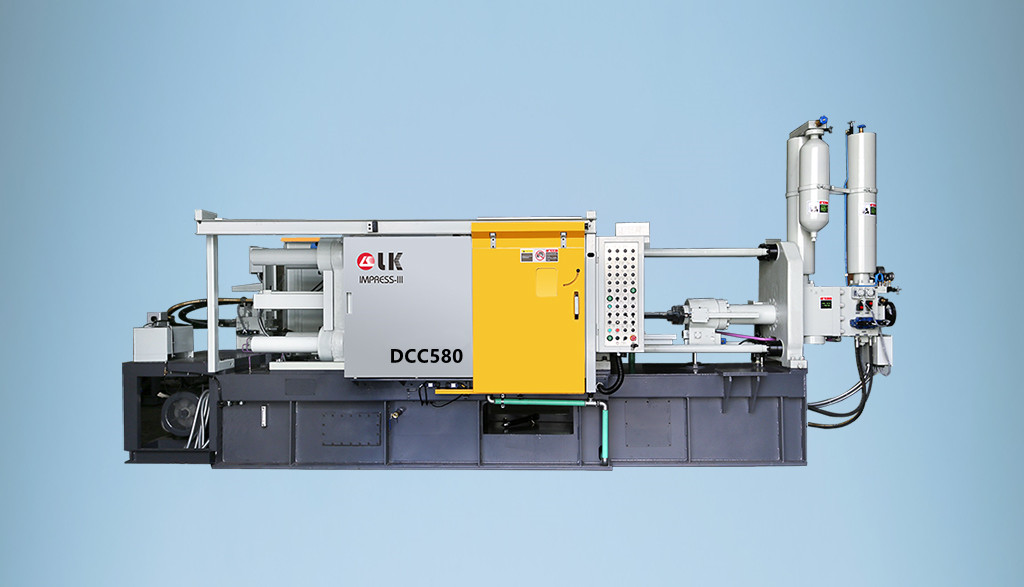
2024-09-19 10:23:07 LK Cold Chamber Die Casting Machine DCC580 Locking Force: 5000KN Die Heigh: 350-850mm Space Between Tie Bars: 760x760mm Shot Weight: 6.9Kg Casting Area Max:1250c㎡
More -
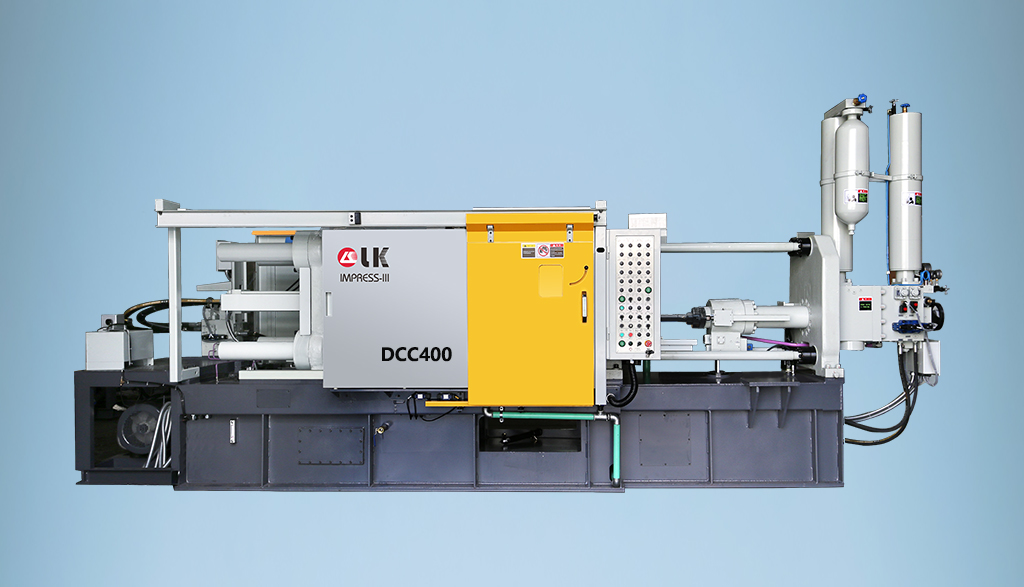
2024-09-19 10:11:20 LK Cold Chamber Die Casting Machine DCC400 Locking Force: 4000KN Die Height: 300-700mm Space Between Tie Bars: 669x669mm Shot Weight: 4.7Kg Casting Area Max:1000c㎡
More

